Modern roofs have been designed to withstand an incredible amount of wear and tear. Unfortunately, even the most well-engineered structures can still suffer from significant amounts of damage over time.
It is important to know when a replacement is in order and yet, some of the warning signs are less obvious than others. Let’s highlight a handful of scenarios so that you can make an informed decision.
Interior Moisture and Mould
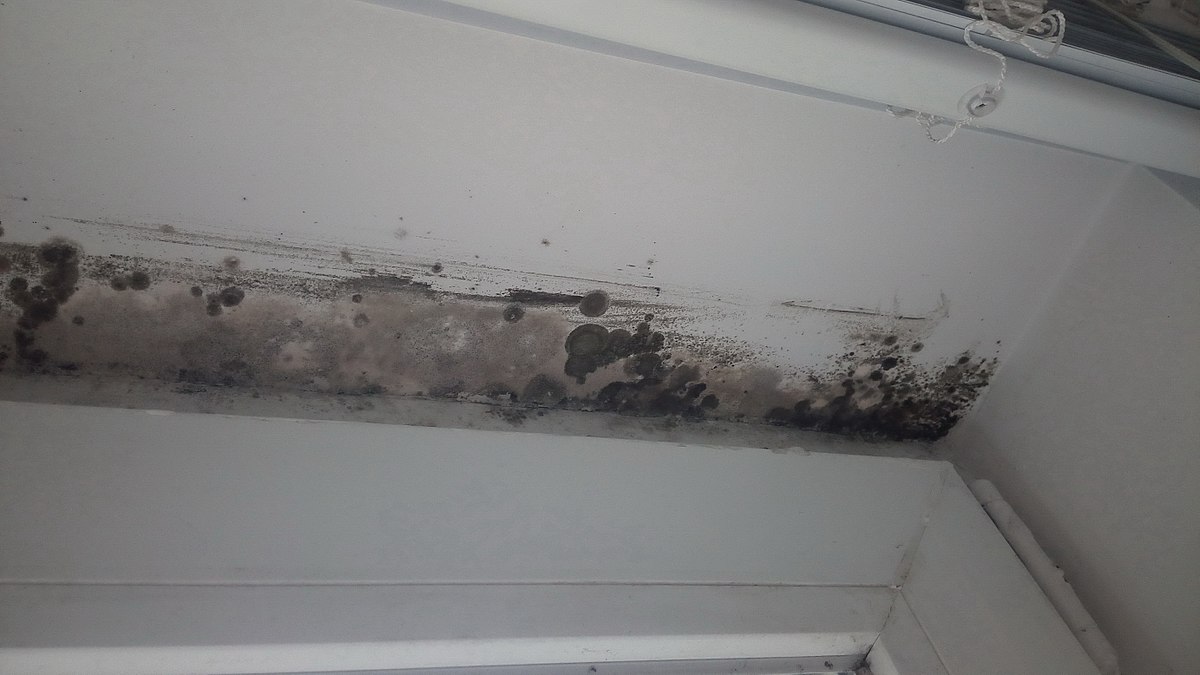 Does your home seem to be suffering from abnormally high levels of humidity? Have you noticed strange odours coming from your attic or crawlspace?
Does your home seem to be suffering from abnormally high levels of humidity? Have you noticed strange odours coming from your attic or crawlspace?
Both situations could be signs that your roof has become compromised and that water is now entering the interior of your home. Although a visual inspection is sometimes sufficient, it is also wise to purchase a professional mould test kit.
Note that these packages can be used in various locations; providing you with a better idea of where the humidity may be originating from.
Missing Shingles
It is always a good idea to visually examine the condition of your roof at least once every six months. This will enable you to determine whether any storm damage has occurred before more costly repairs are in order.
One common sign involves shingles that have become loose or dislodged entirely. Shingles are meant to protect the underlying structure and if compromised, water can easily penetrate. Obtain replacements when warranted.
Granules Found Within Gutters
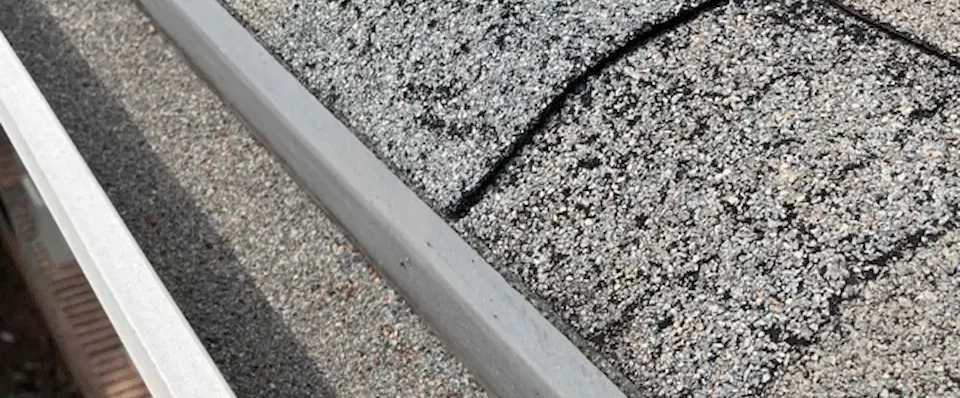 Shingles can also become degraded over time and/or due to inclement weather conditions. While they might not necessarily go missing, another warning sign involves the presence of granules in your gutters or around the periphery of your home.
Shingles can also become degraded over time and/or due to inclement weather conditions. While they might not necessarily go missing, another warning sign involves the presence of granules in your gutters or around the periphery of your home.
You could also check for noticeable bald spots on the surfaces of the shingles themselves. This will generally signal that the surface needs to be replaced sooner as opposed to later. In such a case, make it a point to consult with a professional roofing firm.
Your Roof Has Begun to Sag
This next situation normally occurs after a significant amount of damage has already been done. There can be instances when water has penetrated to the point where the underlying support structure begins to fail.
This is when you also might notice that the peak of your roof is sagging. Once again, ignoring a roof that has begun to change shape will only result in more damage.
There are also times when minor repairs (such as replacing internal rafters) are all that is required. Still, more in-depth renovations could likewise be needed. Be sure to obtain an expert evaluation to better appreciate the available options.
The Benefits of Adopting a Proactive Approach
As a general rule of thumb, a roof should be replaced once every 25 years. However, enacting minor repairs as soon as damage is noticed is the best way to extend their overall lifespan and to avoid more costly scenarios.
A hands-on examination by a reputable roofing firm will provide the answers that you have been looking for well in advance.

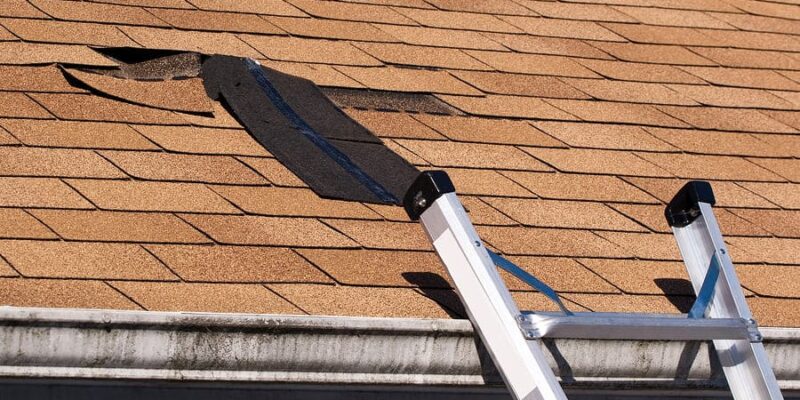
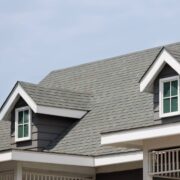

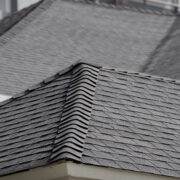
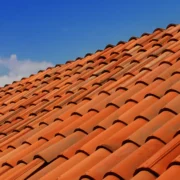
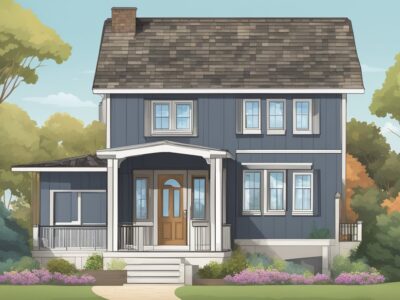
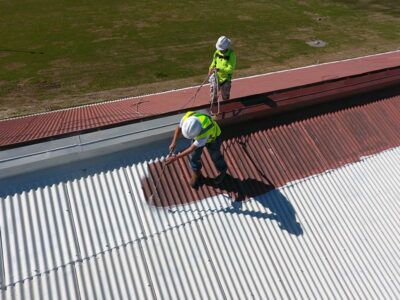
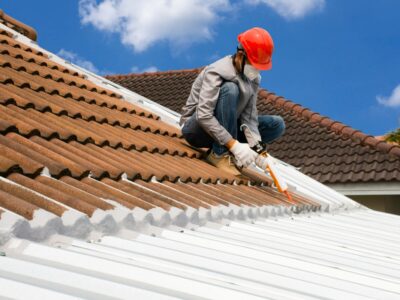
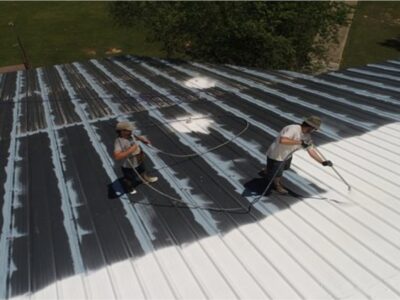




Comments